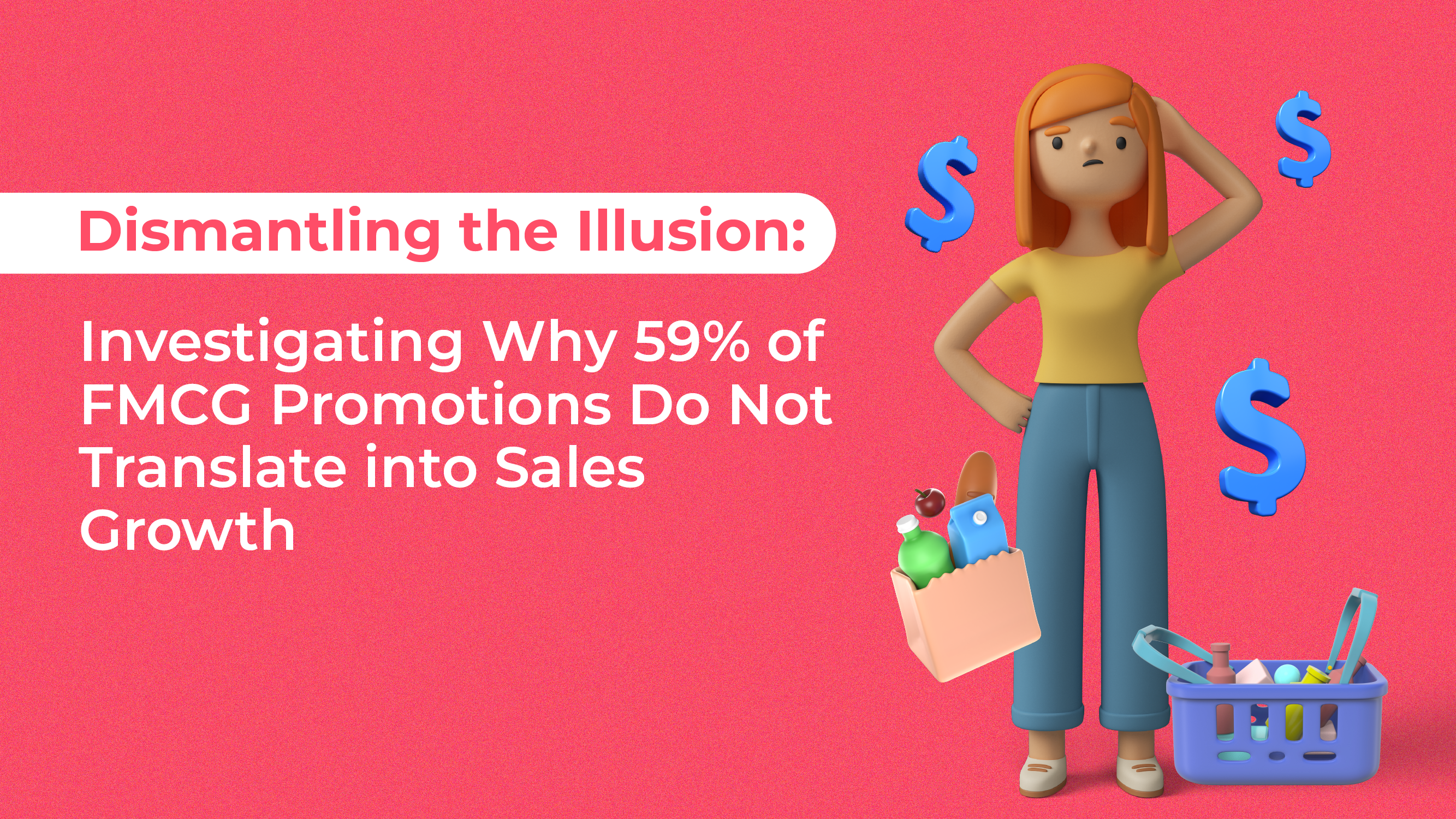Singapore’s tourism industry has been a key support to their retail sector.
In 2016, international visitor arrivals and tourism receipts scaled to a new high of 16.4 million and S$24.6 million respectively, proving Singapore’s importance as one of Asia’s leading retail destinations.
However, in 2017, a decrease in retail spend was seen despite the growth of Singapore’s tourism industry.
Though recently retail sales data has shown constructive signs of recovery. However, weak retail sentiments continue to persist. Despite retail sales increasing by 1.8% in July, other lackluster indicators were seen in the first half of 2017.
The Retail Sales Index (RSI), which has been trending downwards since 2014, reported a fall of 4.2 percent in Q2 2017 compared to end 2016.
Island-wide occupancy depressed to 91.9% in the second quarter of 2017, while the Urban Redevelopment Authority’s Retail Rental Index for the Central Region declined by 7.1% year on year, in the same quarter.
With global and political uncertainties arising, the weaker retail sentiment is expected to linger as local consumers continue to restrict their expenses.
What is causing the performance of the country’s tourism and retail sector to flow in opposing directions?
1. The Transition from Offline Retail to E-commerce
Although Singapore is innovating and coming to terms with E-commerce, according to business analysts, the country can move even faster to adapt to “new retail”.
The term was recently coined by e-commerce giant Alibaba, which involves combining offline and online businesses, and leveraging the Internet and customer data to improve sales.
Adrian Lee, research director at IT research firm Gartner, told The Business Times that local retailers have not quickly enough adapted to “new retail”, where they are able to provide a true omnichannel (a combination of physical and digital) shopping experience to customers.
As e-commerce grows in Singapore and in Southeast Asia, investors fear their malls could follow a downfall like with the US, thinktank Urban Land Institute (ULI) and PwC revealed.
In their “Emerging Trends in Real Estate Asia Pacific 2018” report, the projected compounded total return of Singapore’s suburban and prime retail assets for 2017 to 2022 played around 5%. This is lower than Sydney’s 8% and Kuala Lumpur’s 7.5%, some of the highest in the Asia Pacific region.
Jack Ma, the founder of Ali Baba, has urged Internet entrepreneurs to embrace “new retail” by tapping the Internet and big data so as to obtain and analyse customer data, draw market insights and adapt their manufacturing processes accordingly.
Click here for 3 Insights To Engaging Baby Boomers in E-commerce.
The rapid growth of e-commerce also adds another layer of challenges to Singapore’s urban logistics framework with the fragmented last-mile delivery and shorter delivery time offered to customers.
2. Change in Tourists Spending Preferences
Despite a 7.3% hike in tourist arrivals, there was a dip in their spending by half a percent.
An abrupt shift in tourists spending preferences was observed of late. According to the Singapore Tourist Board, around 4.6 million visitors arrived in the country this year in the first quarter and was observed to have spent less on shopping, accommodation and on FNB.
Tourists are showing increased preferences of spending on sightseeing, entertainment, and gambling, with a collective increment of 6% to $1.5 million in these areas, and lesser spending in shops.
The government data has revealed that tourist spending on shopping declined by 9 percent, with accommodation spending down 13% and food and beverage down by 16%.
Data derived from Knight Frank revealed that the amount spent per tourist fell 3.1% from US$386 (RM1,650) to US$374 between 2012 and 2016.
According to Bloomberg, Singapore’s reputation as a shoppers’ paradise, which saw investors pour S$10 billion into retail developments here in the past five years, is taking a pummelling because of weakness in the local economy and a drop in spending by tourists.
Commercial space has increased by a tenth in that period, but vacancy rates have risen to 7.3% from 5.0% and industry analysts expect them to keep rising.
Moreover, the sluggish global economy has put a brake on spending by Singaporeans, especially workers in hard-hit export sectors. Shoppers from abroad, meanwhile, spent 7% less in the first nine months of 2015 than they did in the same period of 2014.
Wealthy consumers from China, hit by an economic slowdown and a corruption crackdown at home, have less appetite for the luxury items as they flocked to Singapore to buy during the boom years.
3. Growing Inflation Rate
[restrict]
Singapore’s core consumer price index (CPI) rose at its fastest pace in nearly four years in July in year-on-year terms, due to higher electricity and gas costs, data showed on Thursday (Aug 23).
Core CPI in July rose 1.9% from a year earlier, faster than the 1.7% rise in the previous month. The median forecast in a Reuters poll was also for a 1.7% rise.
This is the highest since August 2014, when core inflation rose to 2% from the year earlier.
In the retail sector, prices of items increased 0.4ppt from July to 2% YoY in August due to the faster pickup in the prices of clothing & footwear, as well as an increase in the prices of personal care products following the decline recorded in July.
Food inflation rose 0.2 ppt from July to 1.7% in August on the back of a faster pace of increase in the prices of non-cooked food items and prepared meals.
According to a joint announcement by MAS and the Ministry of Trade and Industry (MTI), imported inflation is likely to rise mildly as global oil prices have rallied since the start of 2018 and are expected to average higher for the full year as compared to 2017.
“Meanwhile, global food commodity prices are projected to rise slightly as demand strengthens amid ample supply conditions,” the announcement said. “Domestic sources of inflation are expected to increase alongside a faster pace of wage growth and a pickup in domestic demand.”
However, the agencies noted that the extent of consumer price hikes will remain moderate, as retail rents have stayed relatively subdued and firms’ pricing power may be constrained by market competition.
“MAS Core Inflation is expected to rise gradually over the course of 2018 to average in the upper half of the 1–2% forecast range for the full year,” they noted. “Similarly, CPI-All Items inflation is projected to be within the upper half of the 0–1% forecast range for the full year.”
As such, inbound tourists as well as foreigners alike, have tightened their spending on shopping and FNB, causing a strain in the flow of revenue for Singaporean retailers.
In the mean time, what can Singaporean retailers and malls do to take advantage of the rise in tourism visits to Singapore?
Retailers in Singapore are beginning to adopt Omni-Channel solutions to drive both footfall and instore purchases.
Although Omni-Channel execution is undeniably a top priority for retailers, they are still striving hard to address several underlying issues hindering the effective delivery of Omni-Channel experiences. Brands are finding it increasingly difficult to move away from channel-specific silos, and consolidate all customer- and merchandise-related data into centralised locations.
Retailers such as Metro are also turning to digitalisation, having turned to e-commerce by building an app, website and online store, to keep up with today’s digital attitudes from consumers. Beauty store giant Sephora has successfully managed to execute to deliver a seamless omni-channel experience that has benefited their sales together with ease and accessibility of purchasing products for consumers.
Retailers are also turning to employing mobile wallets and online payment platforms within their physical stores to enable ease of transactions for tourists. For instance, the entering of Ali Pay into Singapore has allowed Chinese visitors to enjoy the same seamless experience in purchasing as they do back at home.
Actionable Takeaway:
Evidently, retailers need to adopting omni-channel solutions to expand their range in serving customers both online and offline. The key is to always for brands to always being present wherever their target audiences are.
Here are 3 things that you as a retailer can start doing today:
Infuse your physical store locations with the digital world to create unique, on-demand experiences.
1. Infuse your physical store locations with the digital world to create unique, on-demand experiences.
2. Create brand loyalty through personalized mobile app experiences. This means moving beyond seeing your app as a vehicle for just revenue, but a means to connect with your customers on a deeper level.
3. Understand the power of mobile influence, and make your app an integral part of your overall brand strategy
[/restrict]








